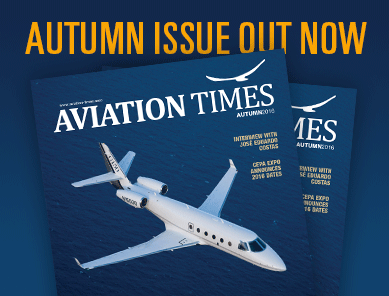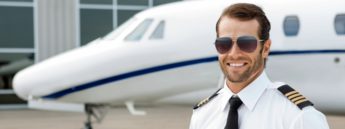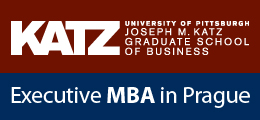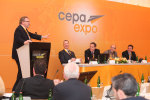Airbus Responds to Customer Needs with Evolved A350 XWB Documentation
The A350 XWB ushered in a new era of medium- and long-haul flight operations with its 2014 service entry. In addition to raising the bar for aircraft efficiency and meeting the rising expectations of passengers worldwide, Airbus’ game-changing twin-aisle jetliner also brought about enhanced guidelines for managing in-service damage – directly responding to customers’ needs.
As the A350 XWB is a completely new programme with significant use of composite material, new design principles and associated methods had to be developed and integrated. This process resulted in creation of the completely new ASR (Air vehicle or Aircraft Structural Repair) manual, which was evolved from the former SRM (Structural Repair Manual).
The new manual is delivered to operators in two steps: the first, at service entry, is for allowable damage definition and temporary repair solutions. The next comes two years later, when data related to internal structure allowable damage, repairs and permanent repair is added.
As new A350 XWB derivatives are planned during the next three years, work on the manual is far from over. “The ASR is a key deliverable for customers,” said ASR A350 XWB project leader Jean-Philippe Albinet. “We have a lot to do over the coming months and years to be on time with a complete set of data when new aircraft are delivered.”
What airlines want most of all from the manual is simplicity in assessing the criticality of damage, according to Prosper Kuijpers, the Head of A350 XWB Repair Methods. Several criteria have to be considered – such as the location, material used, skin thickness, density of damage, proximity to fasteners and more. While this can lead to a long and complicated flowchart, airlines are keen to simplify and optimise the processes, he added.
“Guaranteeing absolutely full coverage in the ASR would be extremely complex, and the workload to make the justification reports very high,” Kuijpers concluded. “We have to find the balance between the right level of coverage – addressing the most frequent in-service findings – and reducing the workload by simplifying the way we work.”
Source: Airbus
Share the post "Airbus Responds to Customer Needs with Evolved A350 XWB Documentation"
Publishing or copying the content of AVIATION Times without a written electronic permission is strictly forbidden. If you have any information, tips, videos, photos or your press releases for us contact us at news@aviation-times.aero.
AVIATION TIMES © Copyright 2012 - 2025








